- presents a technique for computing signed distance functions (SDFs) from implicit surfaces
- ensures the shape of the surface is maintained during the conversion
- the proposed solution uses neural networks to minimize loss functions characterizing the SDF

- Eric Haines shares updates on the Journal of Computer Graphics Techniques (JCGT)
- presents the updates behind the scenes that allowed nine papers to be published so far this year
- maintains “Diamond Open Access” with authors retaining copyright under Creative Commons licensing
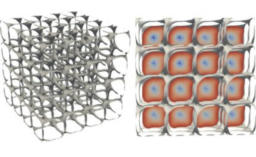
- details GPU optimizations that improved path tracing performance in Indiana Jones
- presents how Opacity MicroMaps (OMMs) reduced overhead for alpha tested geometry and which issues they ran into during the integration
- additionally mentions that compaction of Bottom-Level Acceleration Structures (BLASs) halved the memory consumption for vegetation meshes
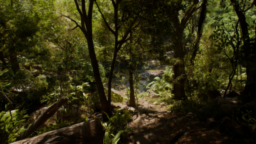
- builds upon upsampling via multisampling by adding a temporal component
- renders a 4x MSAA image at 1080p and upsamples to 4K using a 4-frame jitter pattern
- presents a detailed look at the sample distribution, implementation and discusses quality and limitations

- Eurographics 2025 tutorial on Order-Independent Transparency (OIT) techniques
- covers traditional approaches (exact, approximate, and hybrid) and deep learning-based methods
- compares performance, accuracy, and practical applications for rendering transparent objects

- describes a technique that applies lighting to color palettes instead of individual texels
- enables normal mapping and directional lighting effects on limited N64 hardware
- shows techniques to hide inherent limitations with the technique
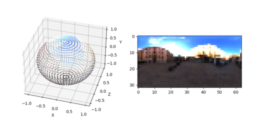
- the article presents a walkthrough on how to render a 3D terrain using SDFs
- discusses how to generate the terrain, apply texturing and shading
- interactive source code examples are provided
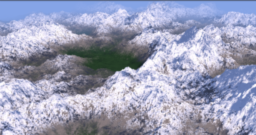
- video covering how to setup a test to measure the performance of lighting models
- presents how different features of the shading model affect the performance
- shows the visual results of the different combinations
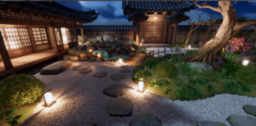
- presents a walkthrough of research building a unified neural denoising and supersampling technique
- shows the development steps, integration into existing rendering pipelines and results in various test scenes
- discusses challenges in preserving texture details, reducing flickering, and handling disocclusions
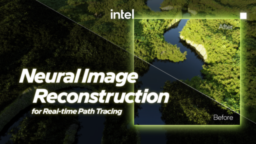
- introduces an efficient method for simplifying tree-based analytical Signed Distance Fields (SDFs)
- leverages the Lipschitz property to create simplified equivalents for specific regions of space
- proposes a new technique for sphere tracing of complex SDFs composed of thousands of animated primitives
- the included video visualizes the technique and shows results on various test cases

Thanks to Aras Pranckevičius for support of this series.
Would you like to see your name here too? Become a Patreon of this series.